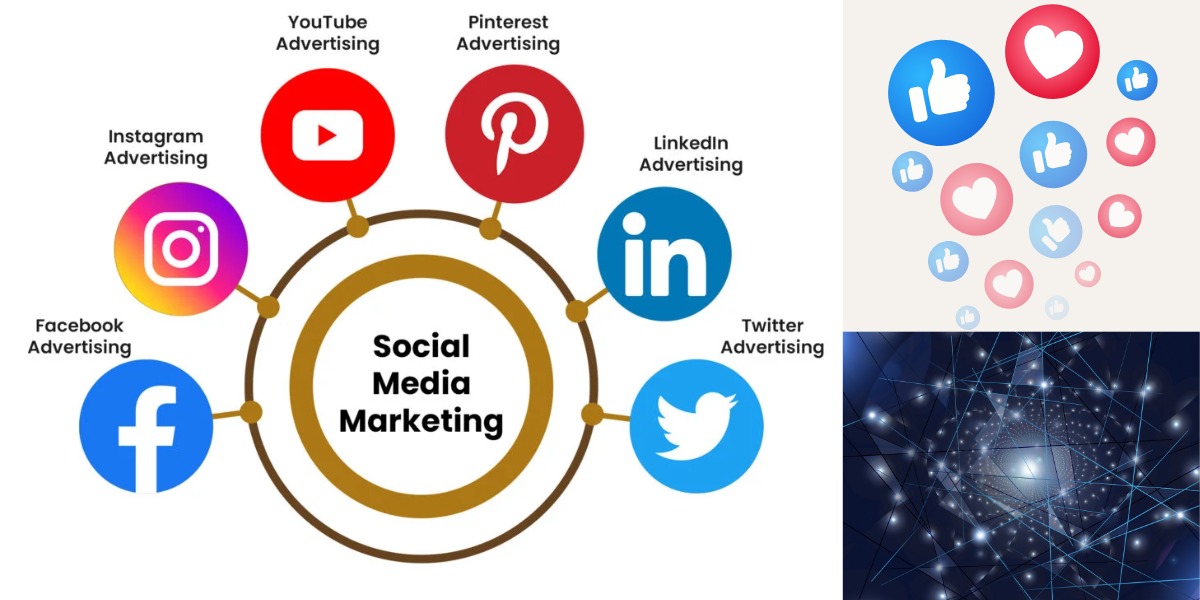1. Circular Fashion:
One of the most transformative trends in sustainable fashion is the concept of circular fashion. Unlike the traditional linear model of “take, make, dispose,” circular fashion aims to create a closed-loop system where products are reused, recycled, or repurposed to minimize waste.
Brands are embracing circularity by designing clothing that is built to last and can be easily recycled. For example, companies like Patagonia and Eileen Fisher have introduced take-back programs where customers can return worn items to be repaired, resold, or recycled into new products. Additionally, innovations in textile recycling technology are enabling materials like polyester and cotton to be broken down and re-spun into high-quality fabrics, reducing the need for virgin resources.
As consumers, we can support circular fashion by opting for second-hand clothing, renting garments for special occasions, and participating in clothing swap events. By choosing quality over quantity and prioritizing longevity, we contribute to a system that values resources and reduces waste.
2. Eco-Friendly Fabrics:
The choice of materials plays a crucial role in sustainable fashion, and designers are increasingly turning to eco-friendly fabrics that have a lower environmental impact. These materials are produced using methods that conserve resources, reduce pollution, and support ethical labor practices.
Some of the standout eco-friendly fabrics include:
- Organic Cotton: Grown without synthetic pesticides or fertilizers, organic cotton is a healthier option for both the environment and farmers.
- Hemp: A resilient and fast-growing plant, hemp requires minimal water and no pesticides, making it a sustainable alternative to conventional textiles.
- Tencel (Lyocell): Derived from sustainably sourced wood pulp, Tencel is produced in a closed-loop process that recycles water and solvents.
- Recycled Fabrics: Materials like recycled polyester, which is made from discarded plastic bottles, help divert waste from landfills and oceans while reducing the need for new resources.
Brands are also experimenting with innovative materials like Piñatex (made from pineapple leaf fibers) and lab-grown leather, which offer cruelty-free and sustainable alternatives to traditional animal-based products. By choosing garments made from eco-friendly fabrics, we can support a cleaner and greener supply chain.
3. Slow Fashion:
In a world dominated by fast fashion, slow fashion is a refreshing and necessary countertrend. Slow fashion encourages consumers to invest in high-quality, timeless pieces that can be worn for years rather than chasing fleeting trends.
This movement aligns with the principles of mindfulness and intentionality. By prioritizing craftsmanship and durability, slow fashion reduces the demand for mass production and its associated environmental costs. Small-scale, independent brands often lead the way in slow fashion, offering unique, handmade, and ethically produced garments.
As individuals, we can adopt the slow fashion mindset by shopping less frequently, caring for our clothes to extend their lifespan, and supporting brands that prioritize transparency and sustainability. A minimalist wardrobe filled with versatile and well-made pieces not only saves money in the long run but also reduces our fashion footprint.
4. Upcycling and DIY Fashion:
Upcycling is the art of transforming old or discarded items into new and valuable creations. This trend is gaining momentum as more people recognize the potential of repurposing materials that would otherwise go to waste.
Designers and DIY enthusiasts alike are embracing upcycling to create one-of-a-kind pieces that celebrate individuality and resourcefulness. From patchwork denim jackets to handbags made from old seatbelts, upcycled fashion proves that sustainability can be both innovative and stylish.
Consumers can get involved in upcycling by giving their own wardrobes a creative makeover. Whether it’s sewing patches onto worn jeans, turning a vintage scarf into a tote bag, or customizing an old T-shirt with fabric paint, upcycling offers endless possibilities for self-expression while reducing waste.
5. Tech-Driven Solutions:
Technology is playing a pivotal role in driving sustainability within the fashion industry. From smart textiles to digital tools, tech-driven solutions are helping brands and consumers make more informed and eco-friendly choices.
Some notable innovations include:
- 3D Printing: This technology allows designers to create garments with minimal material waste and precise customization.
- AI and Data Analytics: Brands are using AI to forecast demand and optimize inventory, reducing overproduction and unsold stock.
- Blockchain Technology: By tracking the journey of a garment from raw materials to the final product, blockchain enhances transparency and accountability in the supply chain.
- Wearable Tech: Smart fabrics embedded with sensors can monitor usage and help consumers care for their garments more effectively, extending their lifespan.
In addition to these advancements, virtual fashion is emerging as a futuristic trend where digital clothing exists only in the virtual world. While it may sound unconventional, virtual fashion offers a creative outlet for self-expression without the environmental impact of physical production.



